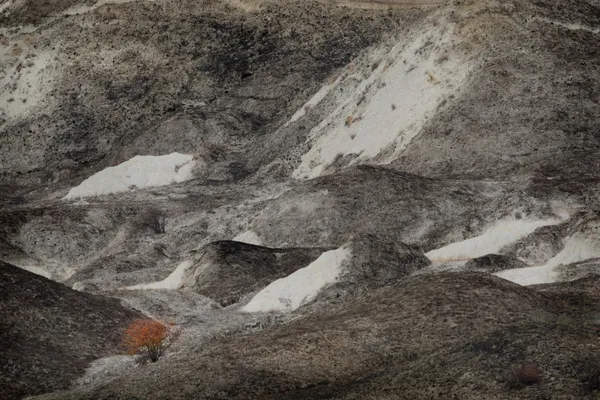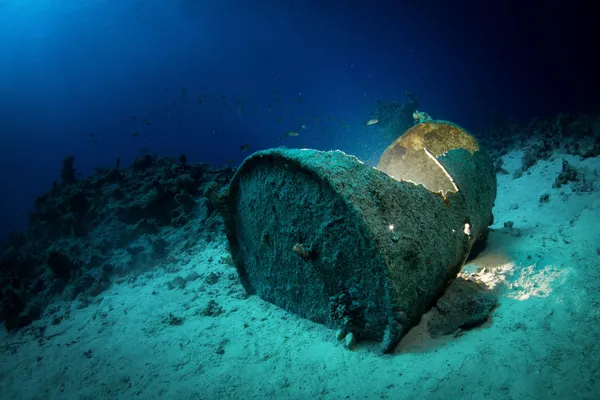PRESERVATION, AWARENESS, EDUCATION
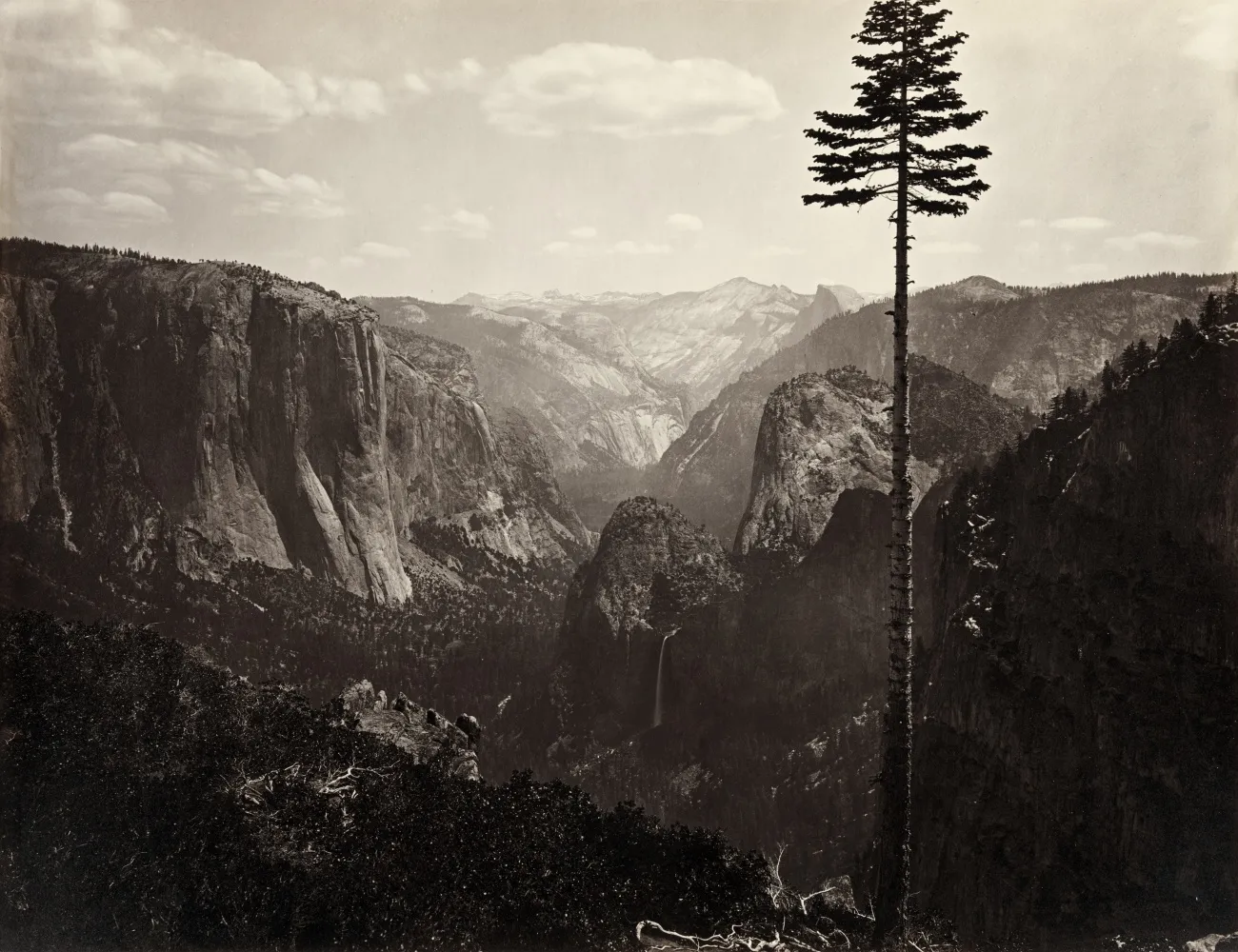
Yosemite Valley. Picture by Carleton Watkins (1865)
Photography is a tool with truly staggering potential if handled properly. The first national parks declared by humanity were thanks to photographers who presented their projects to the United States Congress asking for respect for areas of high ecological value for humanity. The first statement was signed by Abraham Lincoln in June 1864. That park is now one of the most famous natural meccas on the planet, Yosemite National Park. That photographer who for many will be anonymous was Carleton Watkins. Yosemite was followed by Yellowstone. The creation of the park is due to the contribution of photographer William Henry Jackson´s photographs. And after these beginnings, many more parks joined the conservation of their spaces.
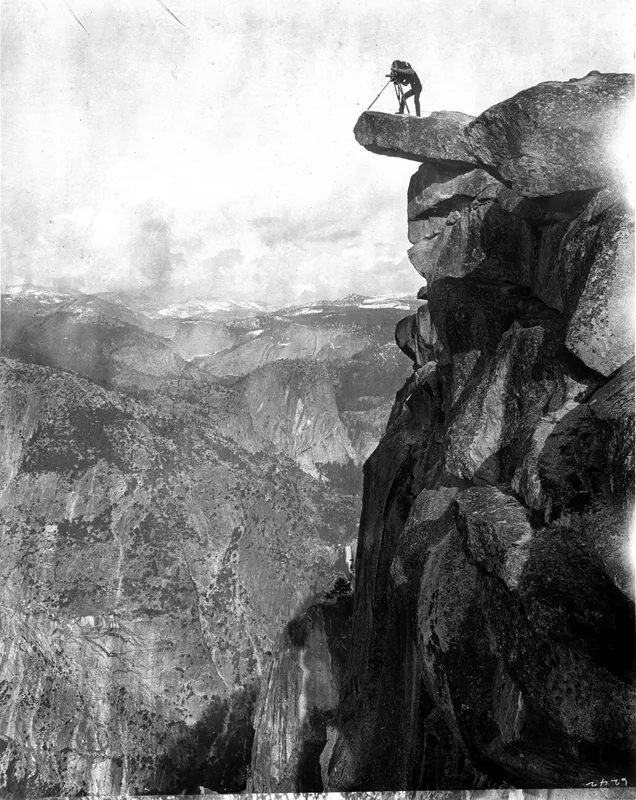
In 1893 Jackson exhibited his work at the World’s Columbian Exposition in Chicago, where he was also the fair’s official cameraman. Shortly thereafter he became the cameraman and part-owner of a company in Detroit, Michigan, that bought the rights to the new Photochrom process for printing photographs in colour. He worked there until the company’s collapse in 1924.
Jackson had dabbled in painting throughout his career, and from the mid-1920s until his death he pursued it in earnest. He produced dozens of oils and watercolours during that period, mainly on themes associated with the American West. Jackson continued to take on occasional government commissions, including painting murals for the Works Progress Administration in 1936.

“The Photographer's Assistants" of William Henry Jackson. Mule and Man. Photographed by William Henry Jackson of the Detroit Photographic Company,in 1873, on 5x8 glass plate negative. Photo shows Jackson’s 20' x 24' glass plate camera.
We could not fail to name the work of Ansel Adams, one of the most famous conservation photographers in the 20th century. He actively worked in the promotion and conservation of natural spaces within the famous Sierra Club, a conservation organization founded in California in 1892 under the leadership of John Muir. Adams is active within this conservation organization. Today, the Sierra Club is still active and remembered by one of its most charismatic leaders through the Ansel Adam award.
Ansel Adams was born on February 20, 1902 in San Francisco, California. Adams rose to fame as a photographer for the American West, particularly of Yosemite National Park, using his work to promote the conservation of wilderness areas. His iconic black and white images helped establish photography among the fine arts.

In 1936, Adams picked up a good collection of photographs taken in a certain corner of the United States under his arm and was presented in Washington D.C. to convince the congress of the protection of a natural space of great importance. Adams was trying to create Kings Canyon National Park. There were difficulties in creating the park and it took a year for President Franklin D. Roosevelt to approve the creation of the King National Park.
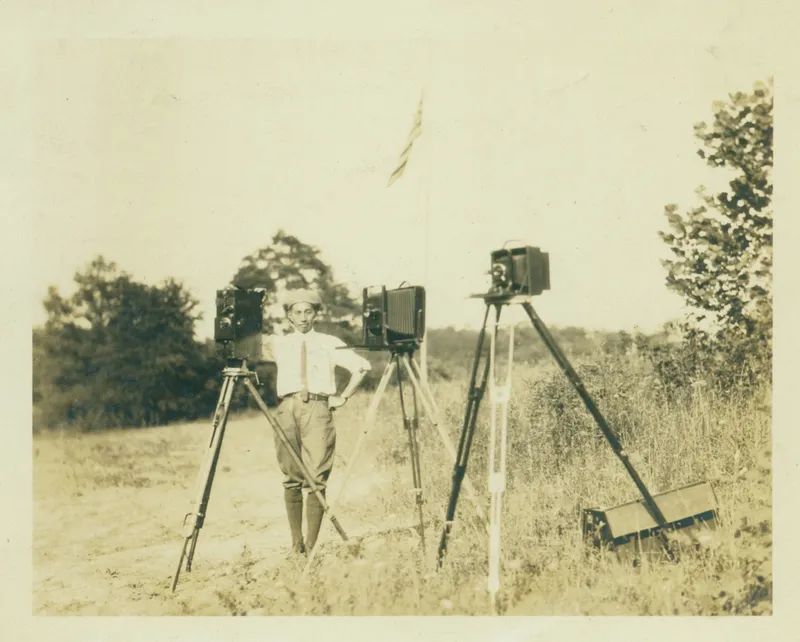
The bases were planted and many other photographers with strong conservationist convictions continued to carry out their work for nature. Clear example of contemporary photographers are the Chinese Xi Zhinong and Michael "Nick" Nichols. Xi Zhinong has been a leader in the conservation movement in China and responsible for the protection of the Yunnan Flat-nosed Monkey (Rhinopithecus bieti) whose species is highly threatened on the brink of extinction. Michael "Nick" Nichols has an enormous legacy. He has worked intensively for the protection of mountain gorillas and his project in Africa "Megatransec" has raised awareness in countries like Congo or Gabon to undertake conservation policies for their spaces. The list is extensive. Flip Nicklin, Art Wolf, Brian Skerry, Cristina Mittermeier, David Doubilet, Jim Branderburg, Joel Sartore, Thomas D. Mangelssen, Frans Lanting, Paul Nicklen, Daniel Beltrá are just some of the most recognized names in this field of photography.
Currently it is difficult to find nature photographers whose target to conserve the planet. Generally speaking, the majority of nature photographers enjoy taking photography in natural enviroment showing really beautiful landscapes. This globalization effect has itself distorted nature photography as it was created. Not only has it lost its conservation objective, but nature photography today is used to achieve other targets very different from the originals ones. It reaches the extreme case of manipulating nature and species to capture a specific moment that raised the author of the photograph. This manipulation, sometimes destructive, goes absolutely against the very principle of respect for the environment. It is increasingly difficult to find people whose purpose is conservation and use photography as a tool rather than as an end. This last position is not criticized, far from it, but hopefully the saying of “union makes the force” would be fulfilled and there would be a global fight for the environment and its species, where photographers would have an active part in this fight. Only time will tell where nature photography is heading, either towards a search for the protection of ecosystems or towards an exaltation of the digital mastery of its authors.
In my case, nature has given me so much that I owe this ongoing fight in defense of ecosystems and their living beings. I wish I could become your defense attorney. I cannot do that, but if I can give voice to those who have no voice, give faith when the facts are invisible to society. When degradation occurs in ecosystems that are difficult to access by the general public, conservationists are there to count with images what is happening. We are war reporters who violated one of the sacred rules of war reporters. Do not take part in the contest. We take part in one side, but in a very special war. From a silent but devastating war declared by humanity to the planet.
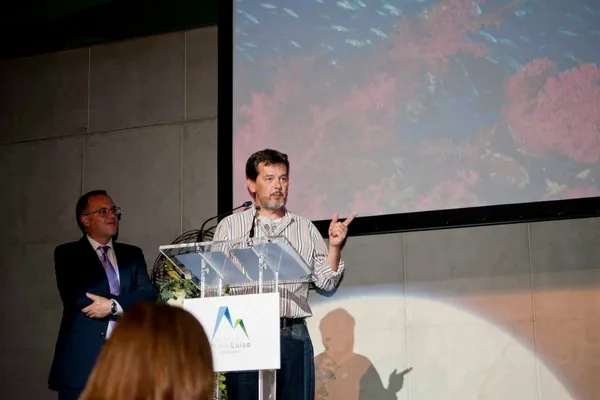
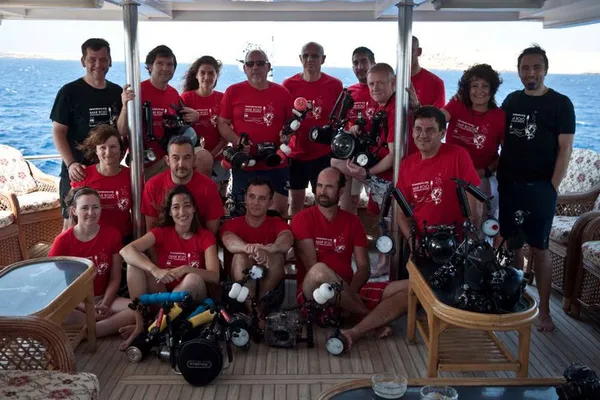
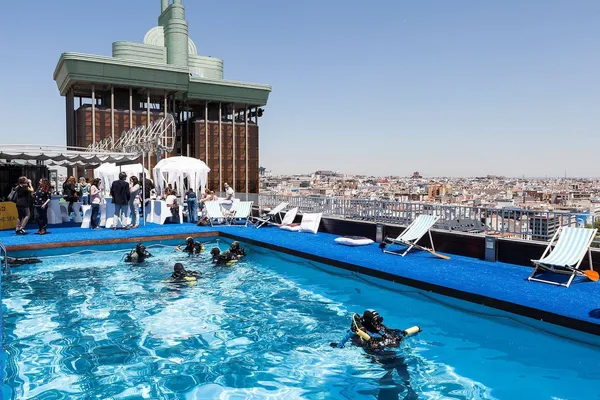
The recognition of your work comes partially by obtaining prizes in nature photography contests. I always take the opportunity to talk about conservation.
Photography courses, where not only the technique is important. Knowledge of species, respect for their space, not to interfere with nature is an important point to highlight.
Professional works such as this advertising campaign for Swatch watches where the press is called to present an underwater watch in the very center of the capital of Spain.
Today there are associations of conservation photographers, but most of these associations are mostly restricted to professional photographers. ILCP is one of the best known. It was created during the 8th World Wilderness Congress and took place from September 30 to October 6, 2005 in the city of Anchorage, Alaska. Conservation-oriented photographers decided to join forces under a partnership to defend ecosystems and their species, along with the support of scientists, through their images. ILCP maintains a high ethical foundation of how its photography is made, a search for photographic excellence whose objective is extraordinary compliance in the defense of ecosystems. ILCP is supported by programs where not only photographers have a place but also botanists, ornithologists, herpetologists, and any other scientist that guarantees a complete understanding of the environmental problems of a given region. The joint work between scientist and photographer is of utmost importance, and any image must be supported by a serious field analysis.
Apart from ILCP, there are other international organizations included in conservation photography. ARKIve, of British origin, is a global initiative that combines not only photographic but sound material in a central archive. Blue Earth Alliance is another United States-based organization that supports photography for conservation purposes. Parallel to these organizations there are international projects such as the Global Justice Ecology Project, Sea Legacy, Wild Wonders of Europe.
Most of these associations are created within the perimeter of professional photographers to somehow work as a photographic agency but only dedicated to preserving the conservation of the planet. Not everyone can be an ILCP photographer for example. You must be invited by a member of the organization who recognizes your dedication and your photographic level. Its restricted character carries with it a problem. If we want to give voice to the voiceless, attest to what is happening, the more voices the better. The more global the movement, the more repercussion our actions will have. I personally believe in globality, that if we join forces, each one to his proper level, we can achieve higher goals. The union is strength and our history insistently repeats to us that the union of society, of peoples in the face of social or environmental injustices has only one path. The change.
Through our images, in any ecosystem (land, sea or air), we give voice to the voiceless, and fight for a planet whose degradation only hurts and impoverishes us as human beings. The forests, the oceans, the endangered animals, the arctic, so many objectives that the task is arduous. The public needs to see. The public needs to cry. The public needs to be angered by the tremendous mass destruction that the greed of multinationals, governments and estates is slowly quietly carrying out. The public needs to reconnect with nature and its problems, either directly or through our images and complaints. Living with our backs to nature we lose our dignity as the dominant species on the planet.


The reconnection with nature comes from the hand of the youngest. Working with them, involving them in the enjoyment of natural environments is key to the future of our ecosystems.
We should all work with our photography in conservation. More or less actively, directly or indirectly, each one, with their level of dedication, can contribute. Nature photographers owe ourselves to nature and we must be aware that without it, it makes no sense to call ourselves nature photographers. Without nature, we will have no future as a species. We must respect nature during the execution of our photography, have a high ethical code and put the end of actions in favor of nature before the egotistical ends that every photographer has to a greater or lesser extent. Our work must be above ourselves. If you put your pride and your ego before nature itself, that means that you are not a nature photographer, but a photographer who takes beautiful photographs without further ado.



